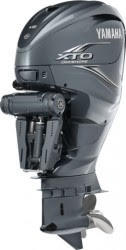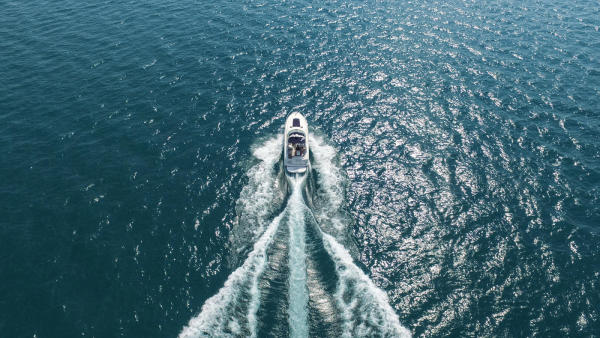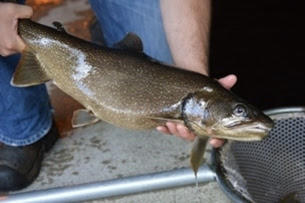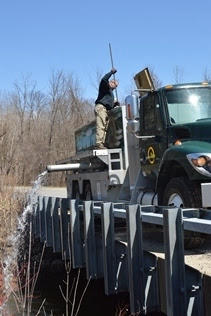By Glen Wunderlich
Something didn’t smell right when the headlines read that the Center for Biological Diversity (CBD) is seeking “protection” for the iconic lake sturgeon under the Endangered Species Act (ESA); in fact, the odor was downright fishy. This is an environmental extremist group that has gotten rich gaming the system of the ESA and pays its top officials well into six figures annually. In its petition to the U.S. Fish and Wildlife Service (FWS), it requests a “threatened” listing under the ESA for all lake sturgeon in the United States, or alternatively for the U.S. Fish and Wildlife Service to determine whether there are distinct populations of lake sturgeon that warrant separate listing.
This blanket, hands-off approach calls into question the efficacy of a maneuver that would hamstring a most successful and sustainable lake sturgeon program operating in Michigan. Dave Caroffino, a leading DNR fisheries biologist, who’s led the plan for the resurgence of Michigan’s largest fish weighing up to 200 pounds, says the ESA petition could have made sense 30 years ago, but not today. Subsequently, a preventive response has been filed with the FWS by our DNR asking that the petition not be accepted.
Mr. Caroffino states we’ll never see the numbers of sturgeon as in the past, but that Michigan is well on its way to reaching a sensible goal of sustainability. When we’re talking about a fish that takes 20 years to mature to the point that it can reproduce, he terms the recovery strategy a marathon rather than a sprint.
However, when one reviews the actual numbers of sturgeon being stocked to the likes of various trout species, the totals pale in comparison. For example, in Cheboygan County a year ago, at the Sturgeon River Trowbridge Road Crossing, a whopping total of 6 lake sturgeon were released measuring an average of 7.48 inches. There’s a rational reason for the disparity and it lies in the structure of the sturgeon’s exterior made up of scutes – bony plates that cover the sturgeon’s cartilaginous bodies. Once a sturgeon reaches 6 inches in length, predators don’t find them appealing, and as a result, the sturgeon’s survivability is extremely high – sometimes even too high.
The question of imposing blanket federal regulations in an effort to protect our lake sturgeon is ludicrous. One needs only to consider the highly regulated sturgeon harvest on Black Lake in the northern tip of the Lower Peninsula. On February 3 of this year the season ended after a scant 2.5 hours when the harvest totaled 7 fish from among 426 registered anglers on the lake’s ice!
The sturgeon fishing hotline indicated the season was closed and updated at 10:23 a.m. In addition, signal cannons, mortar rounds, fireworks and sirens were used to indicate the season’s end within minutes of the final fish being harvested. DNR law enforcement officials and other department personnel were embedded in the on-ice fishing communities and were able to quickly report harvested fish this year, as well as to quickly contact all lake sturgeon anglers on the ice and close the season. And, we need more regulation than that?
In the past 20 years habitat projects have been increased substantially, while research has led to better regulations and sustainable use. To reverse course now would be foolhardy and utterly unnecessary. In fact, it could be catastrophic to the foundational systems in place that are paving the way to highly successful lake sturgeon projects state-wide. The time has come for extremist groups like CBD to take some of their own “hands-off” medicine.






